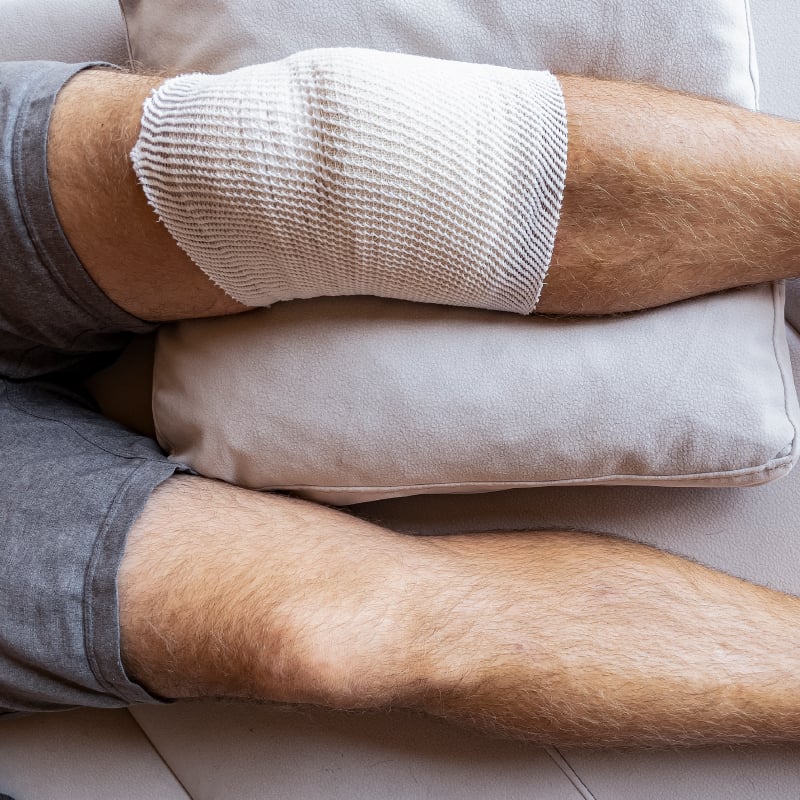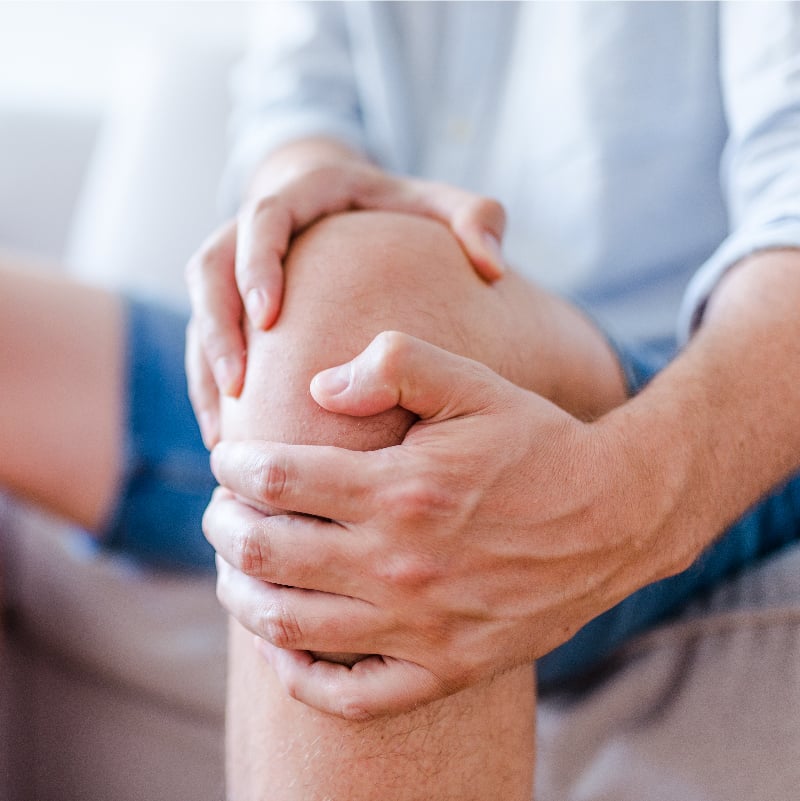When musicians experience difficulty playing their instruments due to injuries or pain, they often turn to certified hand therapists.
Certified hand therapists are either occupational therapists or physical therapists who become certified in their specialty. In order to earn this certification, each therapist is required to have 4,000 work hours and 3 years of licensed work before they can take a board exam.
There are approximately 6,225 certified hand therapists worldwide – the vast majority of whom are occupational therapists. Carol Van Bork, OTR/L, CHT, is a certified occupational hand therapist with Rochester Regional Health and shares how she and other CHTs work with musicians to help them heal.
Seeking hand therapy
Both professional and amateur musicians seek out hand therapy. Often musicians will visit a therapist after hearing of another musician’s positive experience with that therapist, according to Van Bork.
Rochester Regional Health has certified hand therapists available at three locations: Unity at Ridgeway, Irondequoit, and Linden Oaks.
People who play the guitar, drums, woodwind or stringed instruments, or piano will come in, mostly because they are starting to feel weakness or having difficulty with a repetitive motion. Others may have suffered an injury and want to resume playing their instrument.
Each person’s treatment is tailored to their specific needs and depends on several factors, including:
- Duration of performance
- How often/long they practice
- Difficulty of the piece of music
Assessment and adaptation
Musicians are often eager to start playing again, which leads the most common question asked of hand therapists: When can I start playing my instrument again?
There is no set time for recovery; each person’s rehabilitation will be unique. In general, hand therapy will begin by focusing on regaining mobility first, then building up strength. Employing the principles of ergonomics is integral to this type of therapy. Maintaining a neutral posture, reducing excessive force, ease of reach, proper height, reducing excessive motion, minimizing fatigue and static load, minimizing pressure points, providing clearance, dynamic exercise & stretching, and maintaining a comfortable environment are all an important part of ensuring that patients who work with hand therapists are not only rehabilitated, but are maintaining habits and practices that keep them from re-injuring themselves.
“For example, if someone plays for 30 minutes and their pain level goes up significantly, maybe they can try playing for 20 minutes next time,” Van Bork said. “Experiencing pain doesn’t mean you cannot play; it means you need to approach playing the music in a different way.”
Certified hand therapists will talk with the patient to come up with activities or exercises to that are tailored to their specific instrument so they can build up strength. For example, if a guitarist had a fingertip injury and needed to regain the use of their fingertip, they would work with their therapist to come up with exercises that gradually strengthen those muscles and tissues and desensitize them to the continued pressure of pressing on guitar strings.
Incorporating an instrument into therapy early on is key to a musician’s recovery. A case review of professional musicians who underwent hand surgery found 97.7 percent of musicians return to playing full time playing after using their instrument as a means of therapy to recover from the surgery.
Musicians are also encouraged to find a balance between the repetition of playing music and rest periods – especially if the music is high intensity. Playing repeatedly at a fast pace involves repetitive motions for the fingers, hands, and arms; those body parts that are in use while playing the instrument need enough rest before the next time they play.
Setting expectations
Managing stress or anxiety around not being able to play at all or not being able to play the way a patient used to is also discussed by hand therapists. The physical strategies for making progress in hand therapy are just as important as mental strategies for patients in managing their expectations so they are more comfortable.
“For some musicians, the challenge of letting go of how they used to play can be tough to overcome,” Van Bork said. “How they are playing music when they start therapy may not be the same as it once was, but in time, it will be much better.”
The more these therapies are incorporated while practicing music, the better they will be when it comes time for a musician to perform, Van Bork added.









